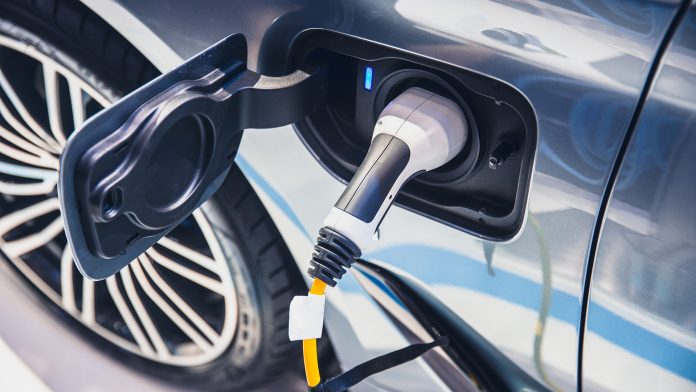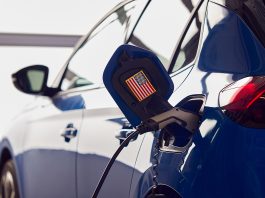The electrification of transportation stands as a pivotal endeavour in the UK’s journey towards a sustainable future.
However, this transition is not without its complexities, particularly concerning the deployment of EV charging infrastructure and the integration of electric vehicles (EVs) into various sectors.
While efforts have primarily focused on home charging and service stations, a closer examination reveals significant gaps in accessibility and practicality, especially for urban dwellers and commercial fleets.
Moreover, the efficacy of government incentives and the role of businesses in driving adoption are critical considerations amidst evolving consumer perceptions and technological advancements.
In this article, Dean Port, CEO of Crystal Electronics, delves into the multifaceted landscape of electrifying UK transport, exploring the challenges, opportunities, and essential steps to realising a greener, decarbonised transportation system.
Can you elaborate on the challenges you perceive in the current solutions for electrifying UK transport, particularly regarding home, street, and fuel station charging?
While the current focus of public attention is on home charging and service stations, it’s important to note that even when combined, these solutions are not a comprehensive answer to the challenge of electrifying UK transport.
Home charging requires tethered access to the home energy supply. This is realistically only available for homes with private parking and driveways—perhaps 15% of the population. While new private EV adoption is largely driven by middle England, home charging is a fair solution, it will not be viable for owners in urban conurbations and shared tenements when EVs begin to percolate into the used vehicle sector.
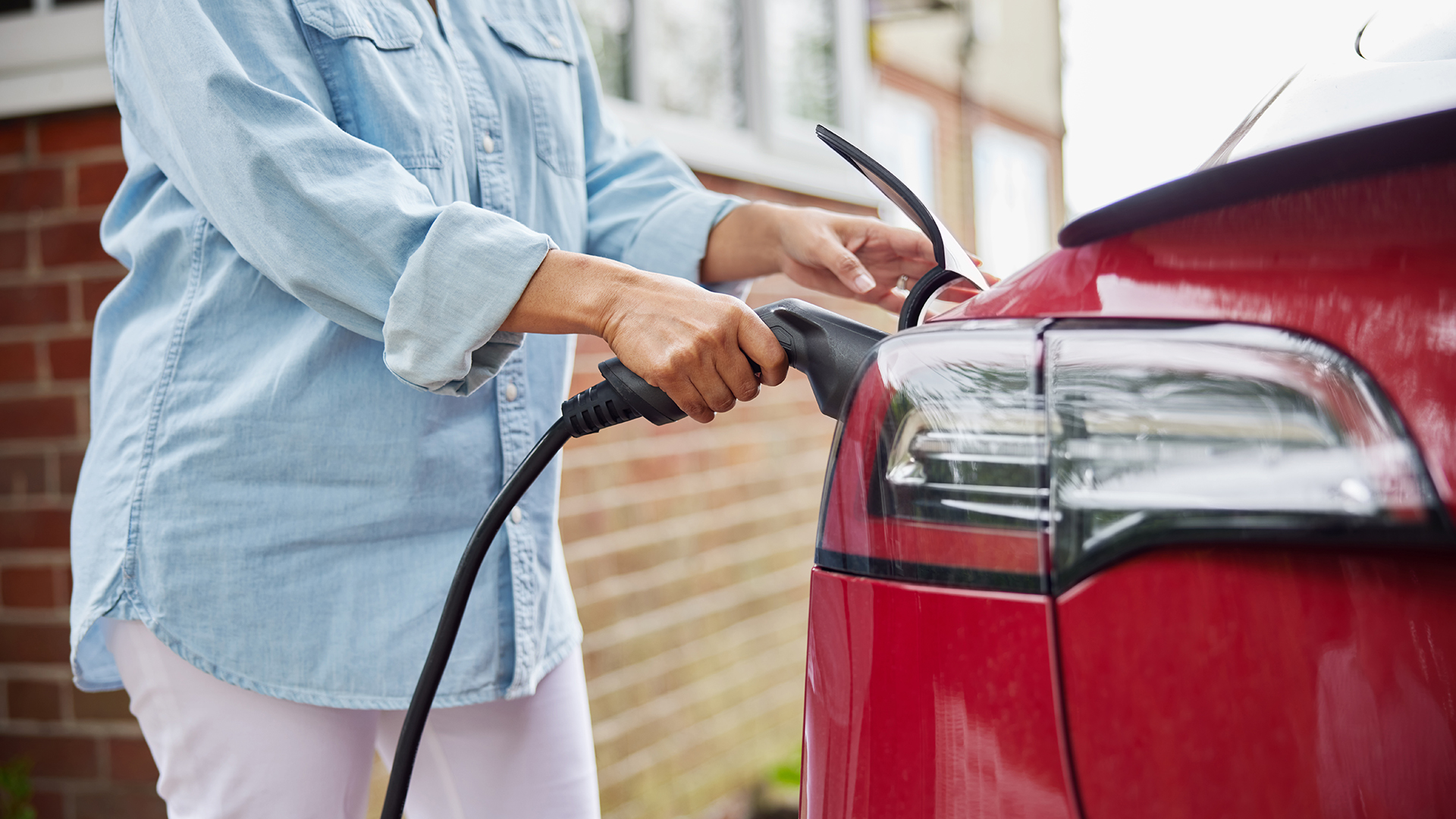
Outside of very expensive fast chargers in service stations on trunk routes and motorways, electrifying the UK’s network of small fuel stations is rarely possible and certainly not practical in the long term. Most petrol stations are unlikely to have access to the power required for multiple fast chargers, nor the space, given that they still need fuel pumps.
Because it’s illegal to use mobile phones at forecourts due to potential sparks and flammable liquids, the option of installing high-current chargers close to fuel services in smaller forecourts would not be possible. Moreover, the sheer time it takes to charge an EV, even with hyper-fast chargers, is multiple times that of a tank filled with petrol or diesel, which would quickly lead to massive queues developing for the limited chargers available.
Solutions such as lamp-post chargers are innovative for a few chargers per street, but the cabling and supply infrastructure are just not sufficient to enable EV charging on even 1 in 10 lamp posts. Most lamp posts were designed to supply a 250W sodium lamp, and you need at least 2.5kW to charge an EV, even very slowly.
Please can you explain how charging networks between suppliers and businesses will drive commercial charging in the UK?
According to the ONS, only 19% of UK journeys are social, domestic, and pleasure, while the rest are commercial. Attracting and retaining customers and sales and making money are at the top of every business agenda, and ticking off a huge checklist of sustainable initiatives is at the top of every business ESG agenda. Installing EV charging and collaborating with like-minded businesses on EV economies of scale hit both of those targets square on.
For example, suppose a plumber’s merchant installs EV chargers at its trade counters across the UK and offers incentivised or discounted charging to customers when they shop. In that case, it will create an obvious synergy! EV charging for customers can be profit-making and used as an incentive for loyalty, alongside openly demonstrating the brand’s commitment to sustainability to its suppliers, customers and the local community.
On a larger scale, supply chains and logistics can operate at reduced cost (ergo, increasing profit) by collaborating on charging with suppliers and customers. Charging at pick-up and drop-off points while commercial vehicles are being loaded enables economics of charging scale across business networks as well as reducing driver downtime waiting to charge at service stations.
For example, imagine Stobart’s 2,700 trucks transitioning to EV, charging at its own 40+ operating centres as well as depots of major customers, easily billed to Stobart through smart metering. Stobart, who has already scooped awards for its sustainability initiatives, would see this collaboration at the heart of its approach to a greener future.
Map that collaborative approach to increasing efficiency and reducing charging costs between business networks, business user groups, and larger companies with multiple independent operators, such as Uber, and the roadmap for commercial EVs in the UK looks fully charged.
Regarding Social Domestic and Pleasure consumer journeys, what specific challenges and opportunities does a mix of destination EV charging sites and network fast chargers on major trunk routes present?
The barriers to EV ownership for social, domestic and pleasure are a combination of price, consumer perception and access. However, many of these factors are now rapidly addressed.
The purchase price of an EV is currently higher than that of an equivalent ICE. Yet with 90% fewer moving parts, negligible servicing costs (how much can main agents charge for a pollen filter?) and brushless motors that last far longer than IC engines, the longer-term cost of ownership is more on par with ICE. Residual value remains an issue as the ‘used’ market for EVs is still in its infancy – but that will change over the next few years.
Consumer perception issues cover range anxiety and battery life, compounded by a swathe of anti-EV press that is factually incorrect or plain ridiculous. Range anxiety is a legacy of early EV technology and a lack of EV charging sites. The average range of a modern battery EV is between 200 and 300 miles.
Even if the user is unable to charge at home, the sheer density of public chargers is now very high, and new charge point operators are popping up daily. Just have a look at zap-map.com, and even now, you will be hard-pressed to find a point in England where you are more than 10 miles away from a charger!
Factor in a proportion of the people that can charge at home (potentially around 15% of the population) and the number and density of fast EV chargers at motorway service stations for longer journeys, and range anxiety is more legacy public perception than reality
It is arguably more difficult to combat the UK media’s negative obsession with EVs. From EVs causing potholes to spontaneously bursting into flames (more than vehicles carrying a tank of flammable liquid?) is unfounded, and the ‘woes’ of decreasing battery life over time are much overstated. Current lithium battery technology will lose, at worst, 2% capacity per year – translating to a slightly reduced maximum range with no decreases in power, efficiency, acceleration or running costs.
Battery capacity degradation results in the simple fact that the vehicle will not take on board as much charge and will require slightly more individual charges to cover the same annual mileage than it did, say, five or ten years previously. For example, an EV with a range of 300miles when new would have a range of around 275miles after 5 years. If you are in the habit of top-up charging or realistically only usually driving locally to work, the gym, school and the local shops, range anxiety is all but a moot point.
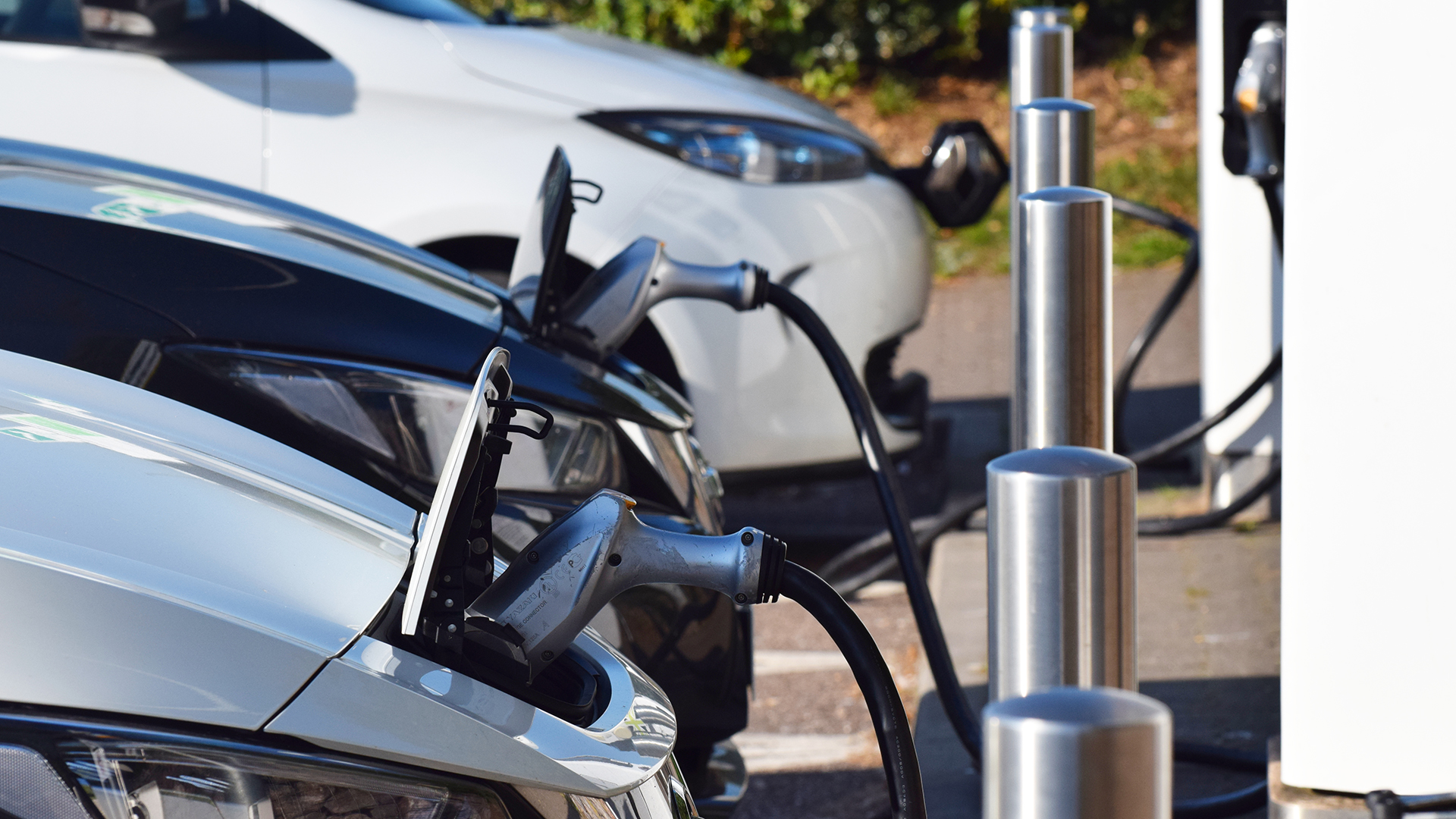
Unfortunately, negative headlines and perceived range anxiety are now undermining the resale value of EVs, which is understandably deterring many new car buyers from transitioning to electric. If the media got behind the benefits of EV rather than selling sensationalist negativity about the sector, the UK would be shifting to greener, decarbonised transport much quicker.
Thankfully, many forward-thinking organisations and businesses are moving to EVs, including Motability, for whom Crystal EV is in the process of installing 4,500 chargers, and blue-light organisations, with Crystal EV involved in supplying charging solutions to the UK fire and ambulance services.
There are vast opportunities for landlords, especially in social housing, business, and retail estates, to offer commercial EV charging. Please could you elaborate on these benefits?
From the 1960s, when the concept of tower block accommodation took off, electricity supplies were specified to ensure all residents could run incandescent lights, electric cookers, electric showers, and electric heating without there being a brownout across the block. These very high current supplies are still there, but electricity use per resident is much reduced due to energy-efficient appliances, better insulation, and LED lighting.
That leaves many tower blocks and social housing, often with decent-sized car parks, sitting on a robust power supply to feed multiple fast chargers or hundreds of slower ‘overnight’ chargers. Councils and landlords could supply and fit chargers across these car parks and deploy smart charging and payment systems to ensure the right resident is billed for their vehicle charging.
The shift towards zero-emissions electric boilers looks like it could undermine the ultimate efficiency of that solution in tower blocks, but load-balancing and smart ‘top-up’ charging would be one solution – i.e. automatic smart charging based on your daily requirement as opposed to automatic ‘fill-up’. Micro storage might be another solution, where the car park full of EVs acts as a battery to drive peak electricity demand of the tower block in the evening and revert to charging the vehicles overnight on lower rate electricity.
Business and retail estate charging is emerging as another viable solution for consumer charging. Businesses that are investing in EV transport and/or encouraging EV van-driving customers are deploying commercial chargers in retail parks that traditionally have a robust power supply for the industry. While these units can be used by the company, suppliers, and customers during business hours, they will not be used on evenings, nights, and weekends.
Forward thinking businesses can offer these facilities as commercial community charging sites during these times, making money from charging outside of normal business hours. We are seeing more and more small to medium sized business parks and industrial estates looking into this opportunity.
Supermarkets and retail parks are natural charging locations, given that consumers will be driving there and often shopping for over an hour. Charge points in supermarkets are close to doubling year-on-year, with some 3,000 public charge points in supermarket car parks by the end of 2023. For retail stores, the options of adding revenue per customer or using charging as some form of loyalty incentive scheme are enticing.
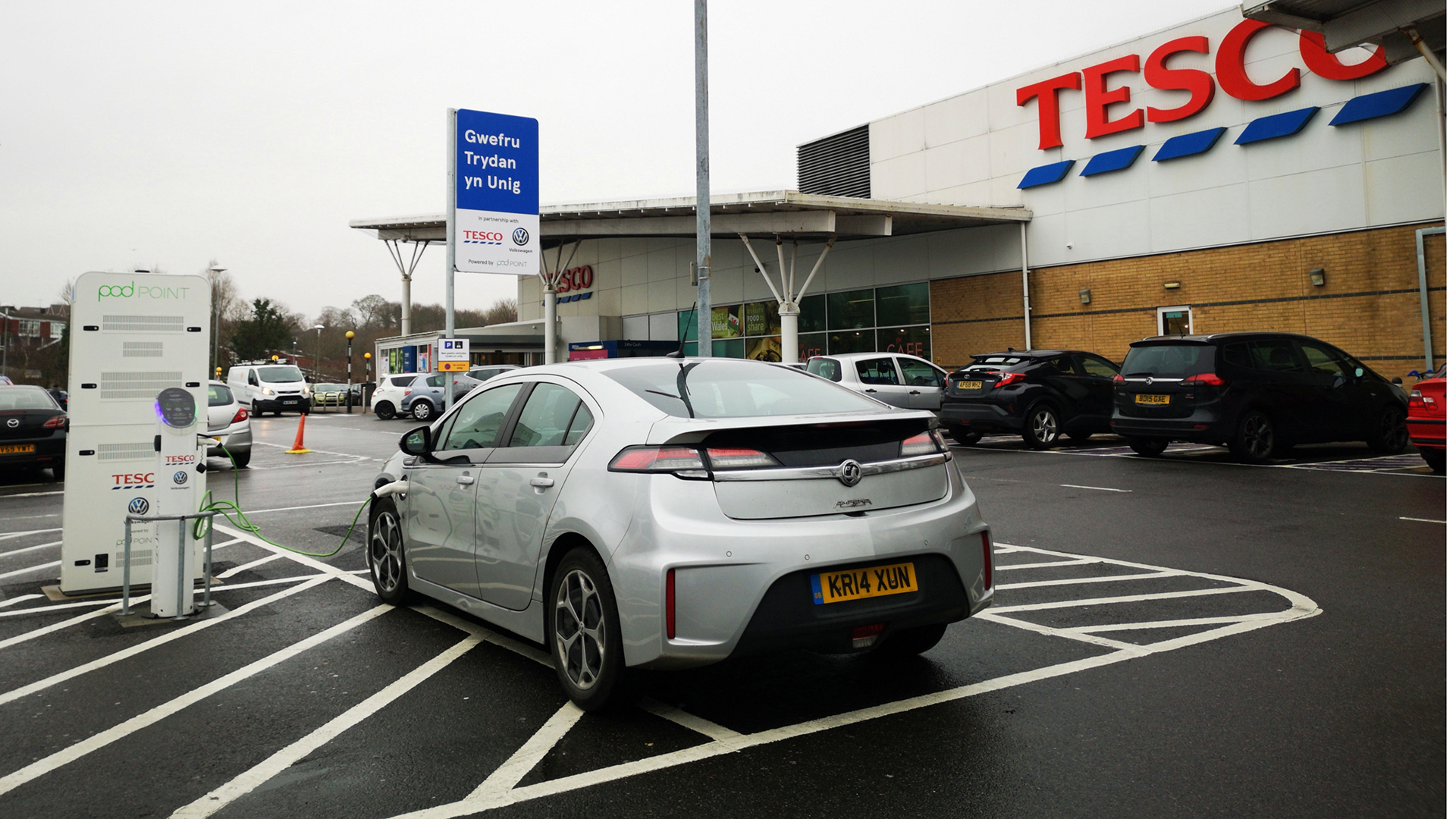
Unfortunately, this solution is not without its challenges, too. Supermarket car park space dwell time is a finely-tuned factor of the supermarket business model. Having cars take up valuable parking spaces while the customer sits on their phone or laptop is just not as profitable as having them shop, even if you are charging a premium for the electricity. Retail parks and superstores are often on leased land, meaning the stores themselves have little say in rolling out EV chargers to their own car parks. While not a solution for every supermarket and retail park, retailer-based charging will form one of the many new ways we will ‘refuel’ our cars going forward.
What are your views on the effectiveness of government incentives for EV adoption thus far?
I believe that most government incentives for EV ownership, particularly personal, have been wholly misplaced so far. Reducing tax, reducing charges like ULEZ, offering EV salary sacrifice schemes, even reducing BIK for company cars, have nudged middle England towards EV ownership. The result is that a wealthy proportion of the population that could already afford a new EV has saved some money on a new car.
Given that hybrid and true battery electric vehicles are afforded almost the same tax breaks, it is no surprise that many buyers opt for hybrids and rarely, if ever, charge the battery. Just ask any mini-cab driver who lives and works in a major city. That is far from a green solution, given that hybrids weigh more than ICE or BEVs, use more energy to get from A to B, and have a higher carbon footprint in manufacturing.
Conversely, business grants for charger installation are really helping to drive commercial adoption of EVs, from fleets of company cars to vans and commercial vehicles. Given that 81% of miles covered in the UK fall into business use, any help to move corporates to decarbonised transport is a step in the right direction.
Looking ahead, what do you see as the most critical steps for the UK to take in advancing its charging infrastructure and accelerating the adoption of electric vehicles across different sectors?
The government’s increasing help for implementing commercial EV transport, UK PLC’s taking on board how it can make money out of commercial EV charging, and the UK press getting off its negative EV hobby horse would make far more difference to the speedy electrification of UK transport than any consumer tax breaks on hybrids and BEVs.
Charging infrastructure is already keeping pace with EV adoption in the UK (if not now accelerating past it!), and the fact that almost any business with some car parking space can make money by offering charging services (or save money through business network collaborations) will organically increase the number and availability of charge points in the UK going forward.
Decarbonising transport is the biggest single factor likely to help stem the growing global environmental crisis, and the faster we can transition to EV in the UK, the quicker we can make a genuine difference globally.

